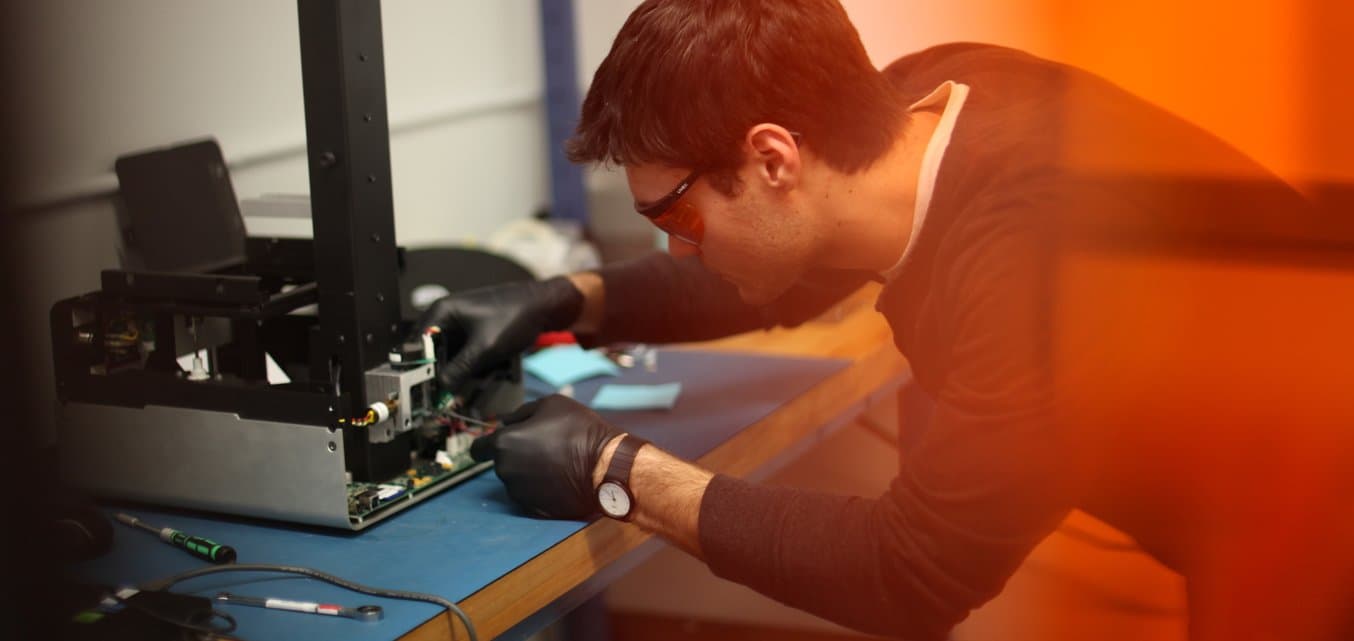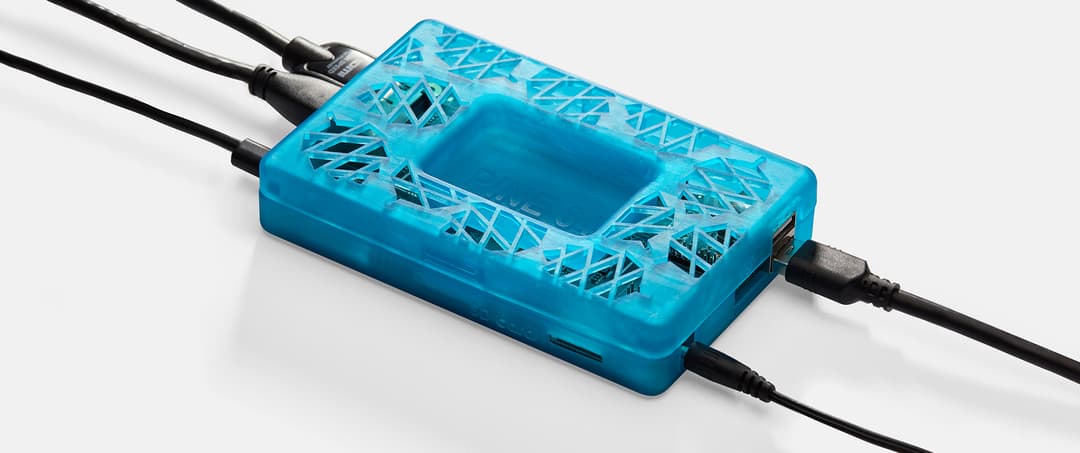
An engineer’s day is hectic, to say the least. Meetings clutter your calendar, tasks pile up on your to-do list, and deadlines approach quickly. Few in the engineering field achieve work-life balance. Still, bosses and clients urge you to work faster. With mounting pressure, how can an engineer make the most out of a workday? There are several practical methods that engineers (and other professionals) can use to optimize productivity.
1. Automate tedious tasks.

Use your computer’s built-in automation software to eliminate unnecessary tasks. Every day, you perform tedious computer tasks that can be automated to save time. Mac users have Automator. This program comes with hundreds of sample actions like extracting data from web pages, combining and watermarking PDF pages, and instantly retrieving a word’s definition. Advanced users can program custom actions, letting you create as many automated tasks as you can imagine. Windows users have Task Scheduler, a similar program that schedules automated actions, eliminating excess work in the long run.
2. Optimize based on your circadian rhythm.

Work on difficult technical projects in the morning, easier tasks in the afternoon, and creative endeavors at night. Generally, you perform best in the late morning and worst between noon and 4 pm, according to a psychological study from Pennsylvania State University. Yet sleepiness may boost creativity. Research at Albion College suggests that evening is the best time to solve problems that require open-ended thinking. Fatigue encourages the mind to wander freely and explore alternative solutions.
3. Plan breaks with teammates.

Work for 52 minutes and take a social break for 17 minutes. It’s no surprise that breaks help you to be more productive through the day, but time and choice of activity are important. One experiment breaks down exactly how often you should take breaks to make the best use of your time. It proposes that you should have 52 minutes of intense work and then 17 minutes of mental relaxation. Ideally, your breaks should be social—take time to interact with teammates, even if it’s just online. An MIT research study concludes that when employees take regular breaks to have casual conversations, their work time is more productive.
4. Change your mindset.

Stop imagining future success. “Success” could mean anything from finishing a project to getting a promotion. Although it may sound contradictory, a study from New York University suggests that you should not mentally dwell on achieving your goal. When you imagine accomplishing something, your body physiologically responds as if you really did. Dwelling on the hope of future success decreases your motivation. Instead, the researchers suggest critical visualization that realistically considers obstacles in the way of your goal. Expect failure as an option, and you will be less likely to fail.
5. Update your tools.

Use tools that help you work smarter. Traditionally, engineering teams outsource prototyping to service bureaus, which are expensive and have long wait times. It can be difficult to communicate your exact prototype requirements, resulting in wasted time and effort. Instead, look for tools that help you work smarter. For example, an in-house 3D printer lets you create a prototype for a few dollars in as little as one hour. This accelerates your design process and gives you more time to focus on other tasks. Plus, during every stage of the prototyping process, you have a look-and-feel model to show stakeholders—your boss, vendors, clients, and coworkers. New technology empowers engineers to be more productive than ever.


